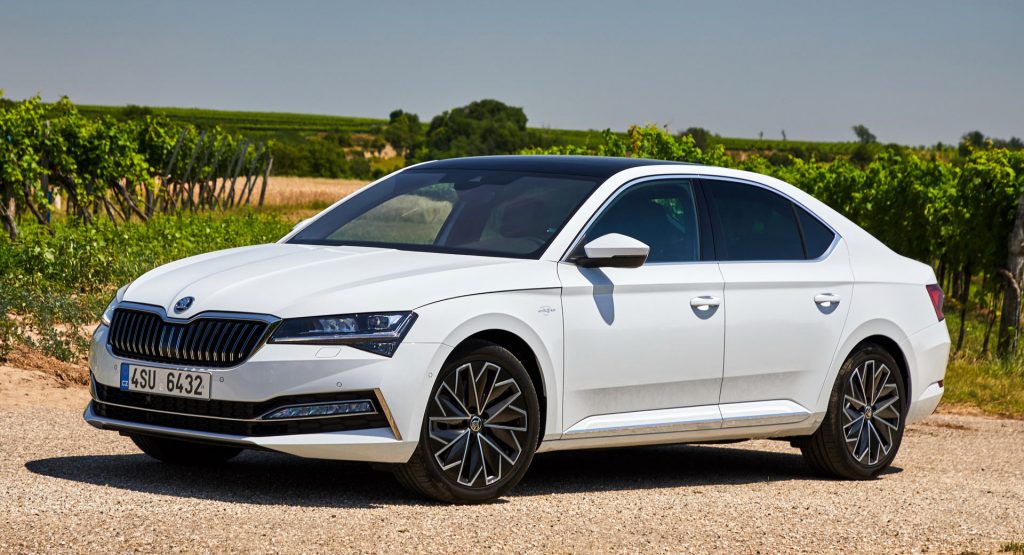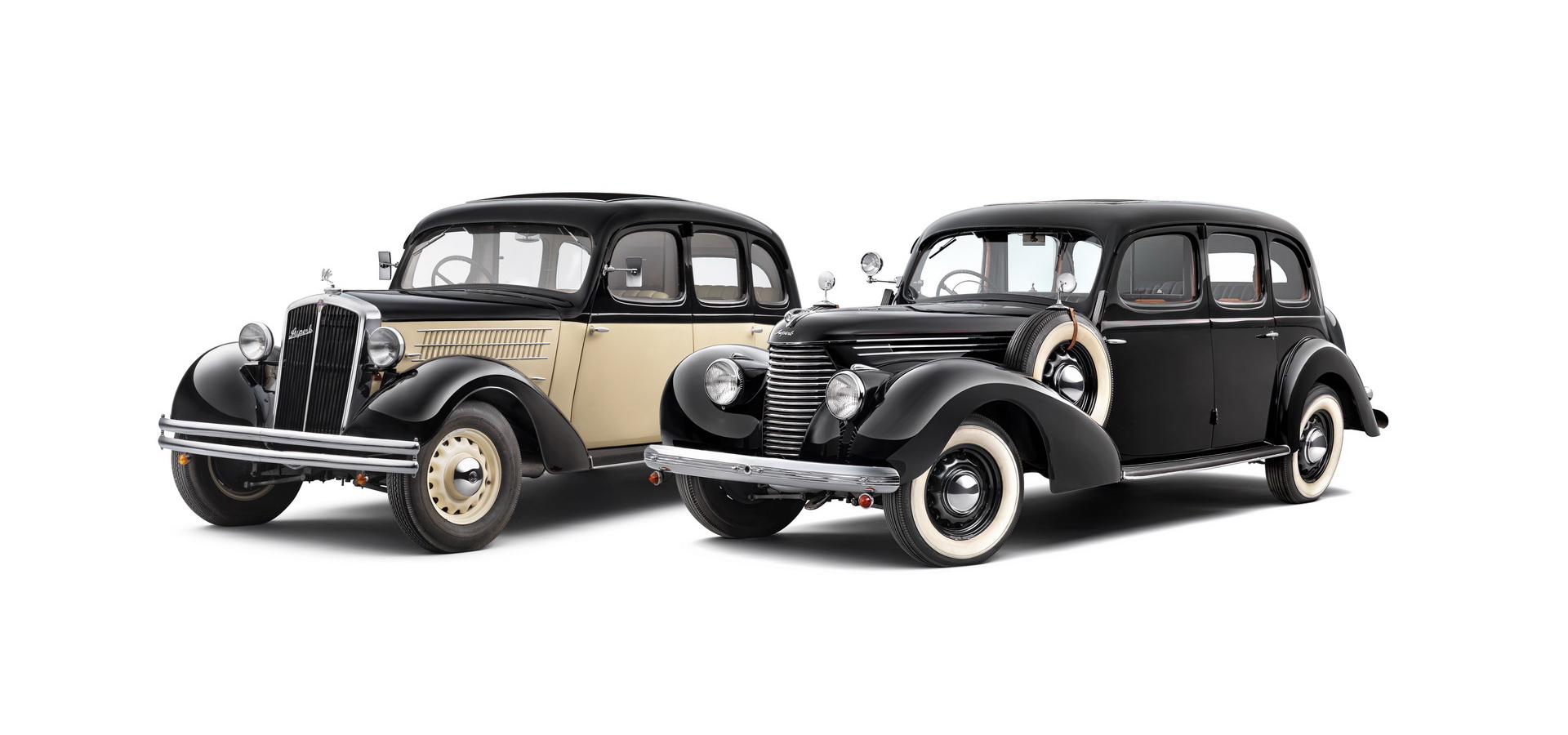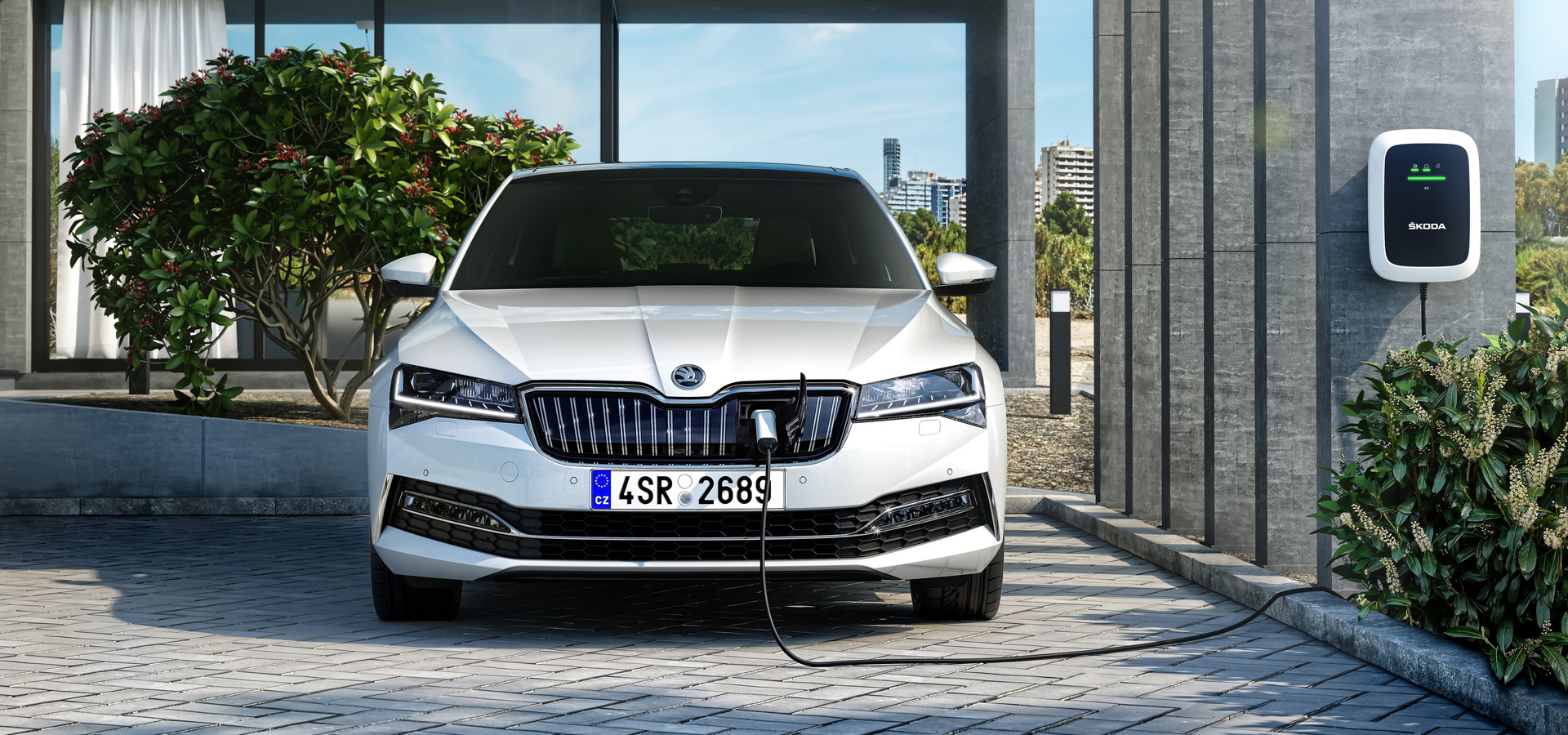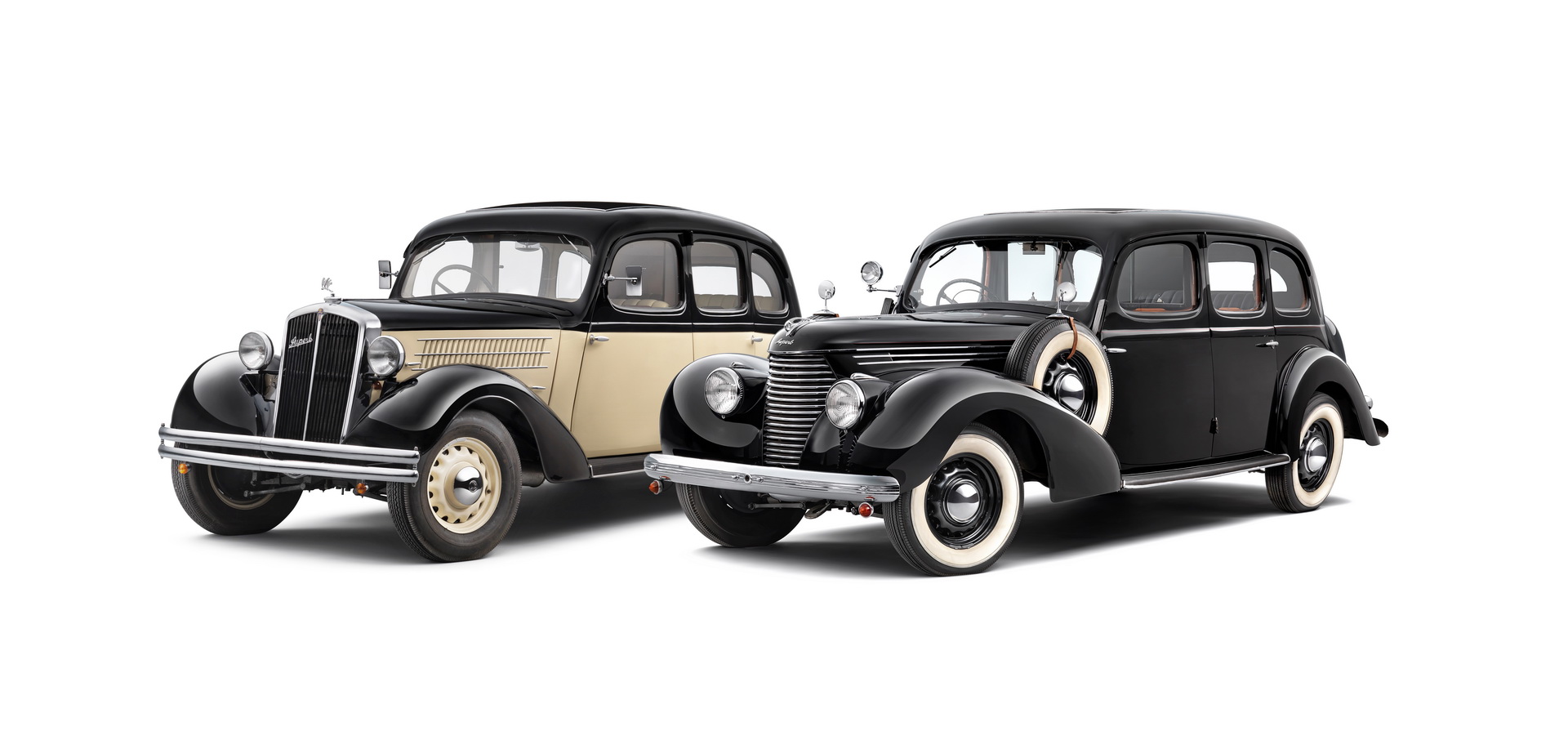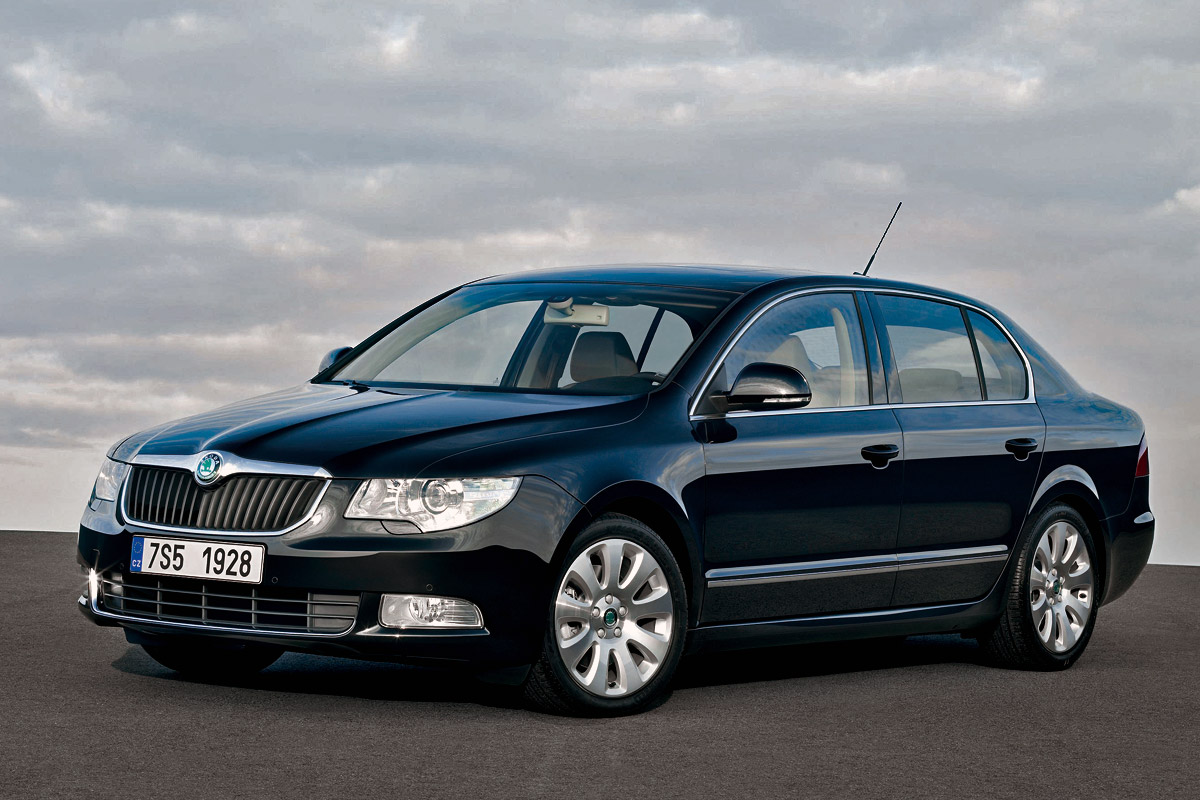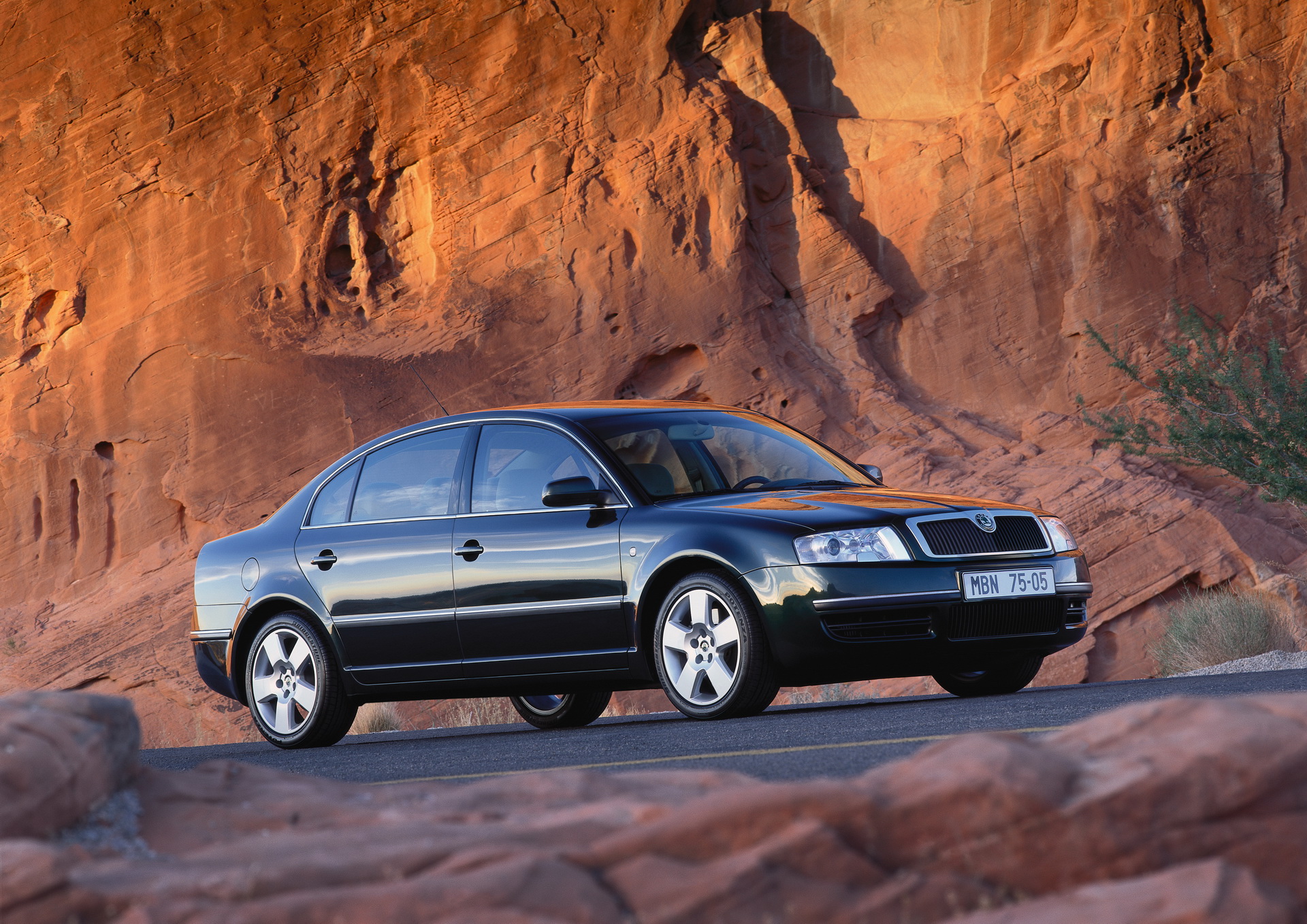Roughly 85 years ago, on October 22, 1934, Skoda unveiled the original Superb to replace the S 640 nameplate. This first-gen model was in production until 1949, and was initially powered by a 2.5-liter 55 HP six-cylinder engine.
In 1938, Skoda introduced the Superb OHV with an 80 HP 3.1-liter six-cylinder unit, and prior to the war, a small series of Superb 4000 models with V8 engines was built. Due to political reasons, production eventually came to a halt and would stay that way until 2001 when the first modern Superb was born.
Right off the bat, the 2001 Superb set the benchmark for rear legroom in its segment (non-premium mid size sedan), while also representing strong value for money. Skoda built 136,068 1st-gen modern Superb models, before coming out with the replacement in 2008.
In 2009, the Superb Combi (Wagon) was launched, offering between 633 (22.3 cu.ft) and 1,865 liters (65.8 cu.ft) of trunk volume, depending on whether or not you folded the rear seat. This second-gen model also came with keyless access and start, which was a first for the Czech automaker.
By 2015, Skoda had built no fewer than 404,756 saloons and 217,734 wagons at its plant in Kvasiny, Czech Republic.
Finally living up to its name?
The current-generation Superb has proven to be very popular as well, thanks not only to its modern and elegant design, but also interior space and multitude of advanced assistance systems meant to increase safety and comfort.
This year, Skoda’s flagship model went in for a major facelift, receiving full LED matrix headlights, improved safety tech, a Scout variant, new TDI diesel unit and soon, an electrified iV version with plug-in hybrid technology.
Also read: 2020 Skoda Superb Looks Familiar But Sports New Tech, 10 Powertrain Options
While 54% of all Superb models are delivered to buyers in Europe, the flagship nameplate is also in demand in China – almost one in three Superbs is sold in Skoda’s largest single market.
Between 2001 and the end of Q1 2019, a total of 1,280,600 modern Superb models rolled off the assembly line.



